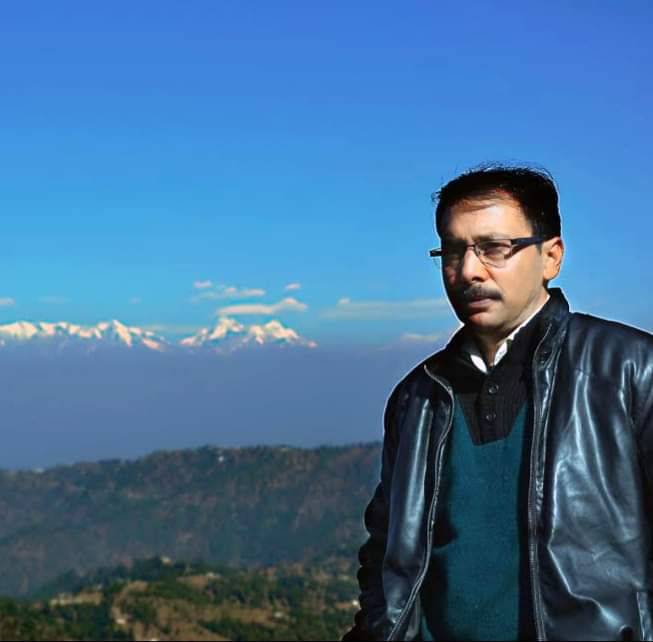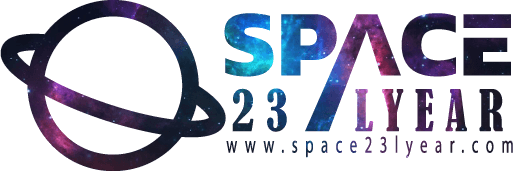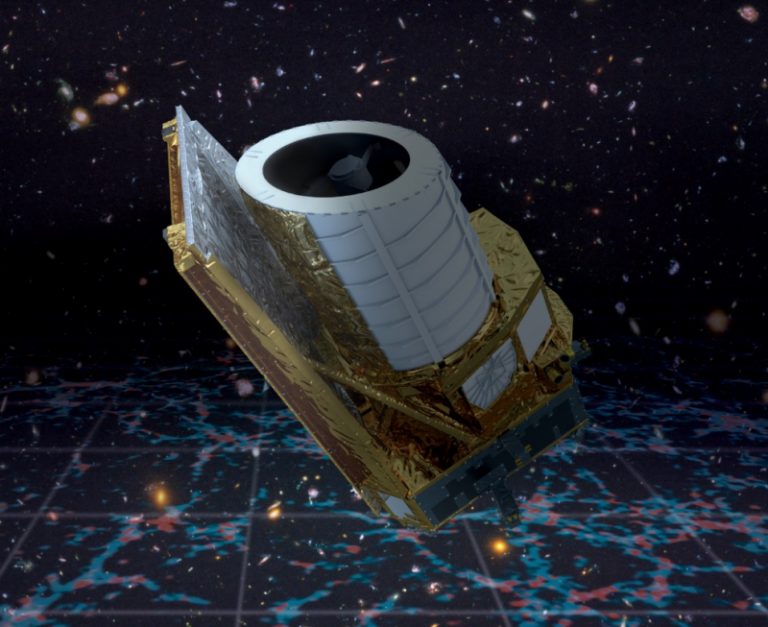European Space Agency’s big step, launched Mission Euclid, will solve the mystery of dark matter and dark energy
Dark matter and dark energy are currently the biggest mysteries of the universe. These are both the powers, which make the universe dance at their behest. Scientists of the world have been struggling for a long time to know this mystery. Now the European Space Agency (ESA) has prepared Mission Euclid and launched it on Saturday.
The objective of this mission is to uncover five mysteries. The first discovery of which is to know the structure of the cosmic web and its history. The second discovery is to understand the nature of dark matter. The third objective is to know the expansion of the universe with time. The fourth objective is to find out the nature of dark energy. The fifth quest is to find out the real power of dark energy. The highlight of the Euclid mission will be the creation of the largest 3D map of our universe in the quest to understand dark matter and dark energy. euclid with you
Visible-wavelength camera (VIS) is carried. Also carried near-infrared spectrometer, photometer. These are state-of-the-art equipment, which are capable of fulfilling the mission objective. This mission will observe galaxies extending up to 10 billion light years.
Regarding the universe, scientists still understand that dark matter and dark energy are two huge fundamental holes or elements. In which about 25 percent of the universe is made up of dark matter, but do not know what it is. Apart from this, about 70 percent of the universe is made up of dark energy. It is an unknown force which is causing the expansion of the universe. They understand about their existence, but do not know anything about their real form.
Will be installed at 1.5 million km from the earth
The Euclid spacecraft will arrive at the Sun-Earth Lagrange point 2. This region in space is 1.5 million km away from Earth. The Webb Space Telescope has also been established at the same distance. The L2 position is an excellent place for spacecraft to communicate with Earth, receive enough solar energy, and peer into deep space. Euclid will reach L2 orbit about four weeks later. The equipment testing work will last for three months. After this the survey work of the universe will start.
Source and photo: Earth Sky

Journalist Space science.
Working with India’s leading news paper.
और अधिक जानें

